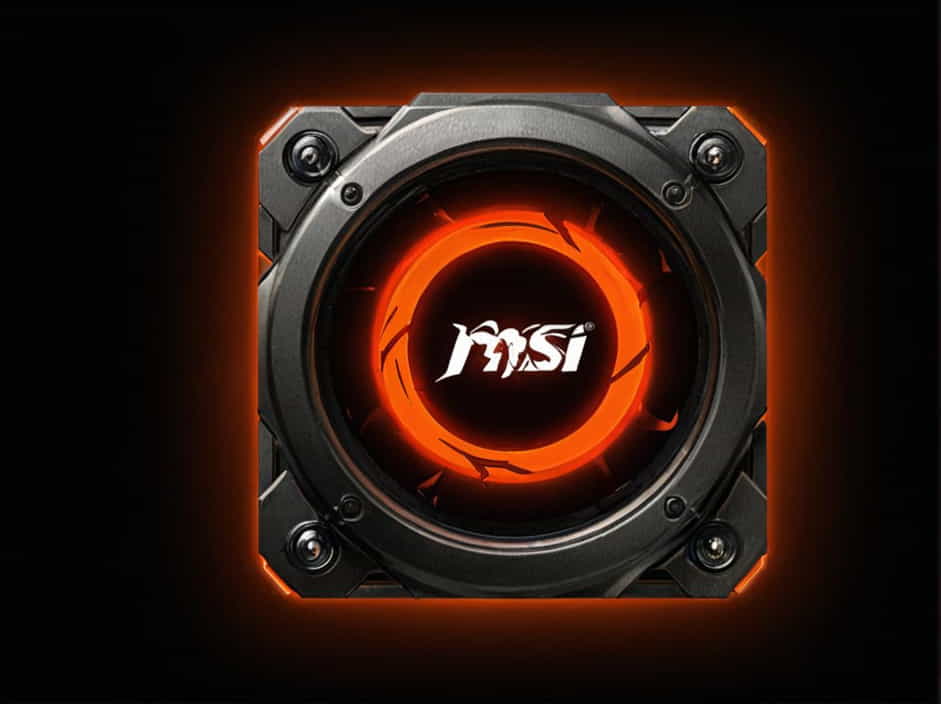MSI Afterburner is one of the most popular tools for overclocking and monitoring graphics cards. However, some users encounter an issue where the fan tab is missing in MSI Afterburner. This problem can be frustrating, especially for those who want to manually control their GPU fan speed.
This topic will explore the possible causes of this issue and provide practical solutions to fix it.
Why Is the Fan Tab Missing in MSI Afterburner?
Several factors can cause the fan control option to be unavailable in MSI Afterburner. Below are some of the most common reasons:
1. GPU Does Not Support Manual Fan Control
Not all graphics cards support manual fan speed adjustments. Some entry-level or older GPUs do not have this feature, meaning MSI Afterburner cannot display the fan control tab.
2. GPU Drivers Are Outdated
Outdated or incompatible graphics drivers can lead to missing features in MSI Afterburner, including the fan control option.
3. Incorrect MSI Afterburner Settings
In some cases, the fan tab is disabled due to incorrect settings within the application.
4. Fan Control Is Disabled in BIOS
Some BIOS settings may prevent MSI Afterburner from accessing fan control functions.
5. Third-Party Software Conflicts
Other monitoring or overclocking tools running in the background may interfere with MSI Afterburner, causing the fan tab to disappear.
How to Fix the Missing Fan Tab in MSI Afterburner
If you are experiencing this issue, try the following solutions to restore the fan control option in MSI Afterburner.
1. Check if Your GPU Supports Fan Control
Before troubleshooting, confirm that your GPU supports fan control. Some graphics cards, particularly passive-cooled models (without fans), will not have this option.
To check compatibility:
- Visit your GPU manufacturer’s website and look for fan control specifications.
- Use GPU-Z to verify fan control availability.
If your GPU does not support fan control, you will not be able to enable the fan tab in MSI Afterburner.
2. Update Your GPU Drivers
Keeping your GPU drivers up to date is essential for proper functionality.
To update your drivers:
- Open Device Manager.
- Expand Display adapters.
- Right-click your GPU, then select Update driver.
- Choose Search automatically for drivers.
- Restart your PC after updating.
Alternatively, you can download the latest drivers from NVIDIA, AMD, or Intel directly.
3. Enable Fan Control in MSI Afterburner
Sometimes, the fan tab is hidden due to incorrect settings. Here’s how to enable it:
- Open MSI Afterburner.
- Click the Settings (gear icon).
- Go to the Fan tab.
- Check Enable user-defined software automatic fan control.
- Click Apply, then OK.
- Restart MSI Afterburner.
If this option is grayed out, move to the next troubleshooting step.
4. Modify the MSI Afterburner Configuration File
If the fan tab still does not appear, modifying the MSI Afterburner configuration file may help.
- Close MSI Afterburner.
- Navigate to the installation folder:
- Default path:
C:Program Files (x86)MSI Afterburner
- Default path:
- Open MSIAfterburner.cfg using Notepad.
- Find the line:
UnlockVoltageControl=0UnlockVoltageMonitoring=0 - Change it to:
UnlockVoltageControl=1UnlockVoltageMonitoring=1 - Save the file and restart MSI Afterburner.
5. Enable Fan Control in BIOS
If MSI Afterburner cannot detect your GPU fans, your BIOS settings may be restricting control.
To enable fan control in BIOS:
- Restart your PC and enter the BIOS by pressing F2, F10, or DEL (depending on your motherboard).
- Look for Fan Control or Hardware Monitoring.
- Enable GPU fan control if available.
- Save changes and exit BIOS.
6. Reinstall MSI Afterburner and RTSS
A fresh installation of MSI Afterburner and RivaTuner Statistics Server (RTSS) can resolve missing fan tab issues.
To reinstall:
- Uninstall MSI Afterburner and RTSS from the Control Panel.
- Download the latest version from the official MSI website.
- Install MSI Afterburner and restart your PC.
7. Check for Third-Party Software Conflicts
If you have other GPU monitoring or overclocking tools installed (such as EVGA Precision X1, ASUS GPU Tweak, or Gigabyte AORUS Engine), they may interfere with MSI Afterburner.
- Close any other monitoring tools before opening MSI Afterburner.
- Use Task Manager (Ctrl + Shift + Esc) to end conflicting processes.
8. Use an Alternative Fan Control Software
If MSI Afterburner still does not show the fan tab, try using other fan control software:
- Fan Control – A powerful open-source tool for customizing fan curves.
- SpeedFan – An older program that works well with some GPUs.
- EVGA Precision X1 – Useful for EVGA graphics cards.
The missing fan tab in MSI Afterburner can be caused by GPU limitations, outdated drivers, incorrect settings, BIOS restrictions, or software conflicts. By following the solutions in this guide, you should be able to restore fan control and manually adjust your GPU fan speed.
If none of these solutions work, your GPU may not support fan control through MSI Afterburner. In that case, consider using alternative fan control software or checking with your GPU manufacturer for firmware updates.
By ensuring your drivers are up to date, settings are correctly configured, and no conflicting software is running, you can maximize the performance and cooling of your GPU.
